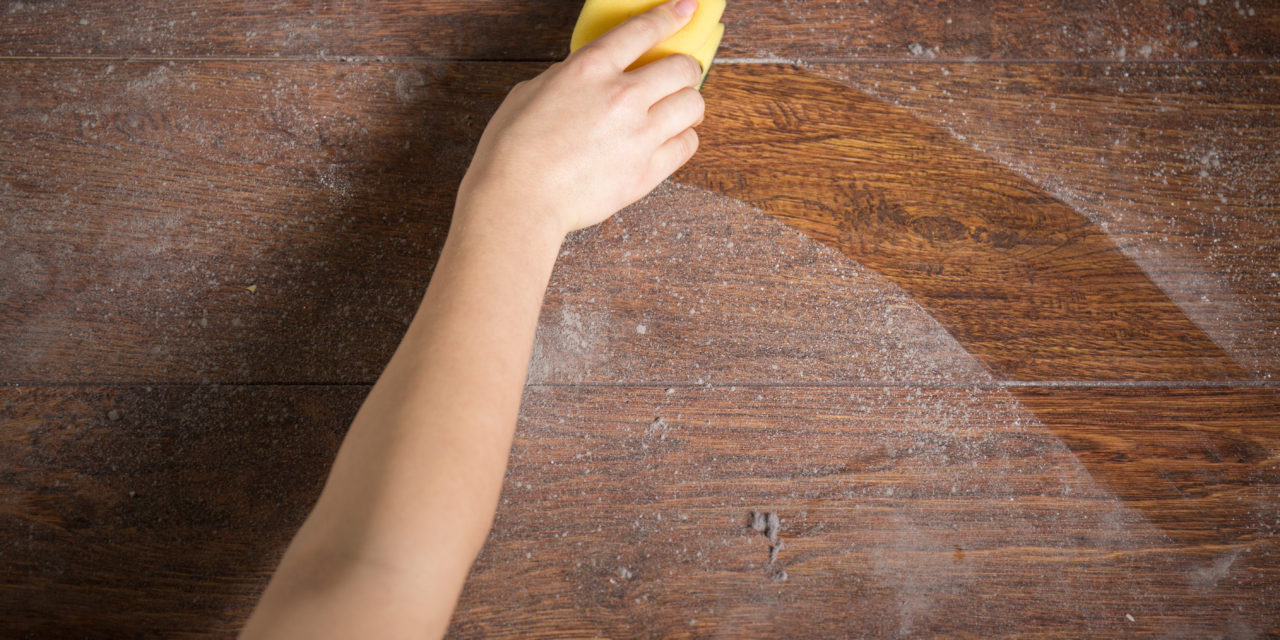 Dust can be a constant and subtle trigger of allergies and asthma. Whether your concern is health or housekeeping, learn how an air purifier can help you breathe easier.
Dust can be a constant and subtle trigger of allergies and asthma. Whether your concern is health or housekeeping, learn how an air purifier can help you breathe easier.
Fast Facts
10
grams
|
1/3
of life
|
10
million
|
130°F
Fahrenheit
|
| The average human sloughs off 1/3 ounce or 10 grams of dead skin a week |
One-third of life is spent in bed, which is a prime habitat for dust mites
|
A typical mattress may have anywhere from 100,000 to 10 million mites inside
|
To kill dust mites, the water used to wash sheets and blankets should be at least 130°F
|
What is dust and where does it come from?
Household dust is commonly comprised of dead skin cells and scales, called dander, that collect in living areas, mattresses, carpets, and on frequently used furniture. It often harbors a large numbers of microscopic dust mites, which feed off human and animal dander. The average human sloughs off 1/3 ounce (10 grams) of dead skin a week, and cats and dogs create even more dander.
Dust mites are harmless to most people. They don’t carry diseases, but they can cause allergic reactions in people with asthma or allergies to their feces. Dust mites may be a factor in 50 to 80 percent of cases of asthma, as well as cases of eczema, hay fever and other allergies. Related causes of allergies include dust mites, cockroach droppings, pet dander, and pollen. Symptoms are usually respiratory in nature and may include sneezing, itching, watery eyes, and wheezing.
Tips for Tackling Dust
Protect your mattress
Enclose the mattress top and sides with a plastic cover, and thoroughly vacuum pillows and the base of the bed. You can also use an airtight plastic or polyurethane cover that seals your mattress.
Use hot, not warm, water
Wash your sheets and blankets in very hot water (130°F/54°C) at least every two weeks. Wash your pillow every week, or put a plastic cover on it. For fabrics that can’t be washed, pop them into the freezer for 24 to 48 hours to kill dust mites.
Reduce temperature and humidity
Dust mites love warm, humid conditions, above 70°F (21°C) and 50% humidity. Keep your thermostat below 70°F and evaluate whether you need a dehumidifier or humidifier to maintain 35% to 45% humidity.
Clean weekly
Change or wash pillowcases, sheets, blankets, and curtains, and vacuum the bed base and around the covered mattress. For flooring, use a damp mop or rag; avoid using a dry cloth or broom, since this just stirs up mite allergens.
|
Replace dust mite traps
Replace carpeting with wood, tile, linoleum, or vinyl flooring. Remove cloth drapes, and vacuum any remaining carpets and upholstery frequently.
Clean up your toys
Regularly place soft toys in the freezer for 24 hours before you wash them, or wash them in hot water.
Check your HVAC and furnace filters
Clean or replace the air filters on your furnace or air conditioner at least once a month.
Invest in a HEPA air purifier
HEPA filters will remove up to 99 percent of dust and dust-related particles; not just dust mite feces, but also other types of allergens, like dander, pollen, and cockroach feces.
|
View Top 10 Air Purifiers for Dust Browse All Air Purifiers for Dust


 Dust can be a constant and subtle trigger of allergies and asthma. Whether your concern is health or housekeeping, learn how an air purifier can help you breathe easier.
Dust can be a constant and subtle trigger of allergies and asthma. Whether your concern is health or housekeeping, learn how an air purifier can help you breathe easier.
